The Art Of Storytelling In Fashion

It’s no secret that the Covid-19 pandemic has drastically changed the fashion industry, forcing an entire cohort of brands, designers and industry executives to re-think and deliver business models that are progressive and innovative.
In doing so, brands have opted to integrate and embrace the introduction of digital interventions such as virtual runway shows and presentations. A prime example of this was when designer Anifa Mvuemba unveiled a digital presentation for Hanifa, titled the Pink Label Congo collection. As millions of followers tuned in, the virtual fashion show saw the visualisation of 3D rendered garments worn by invisible models strutting across the catwalk against a black backdrop.
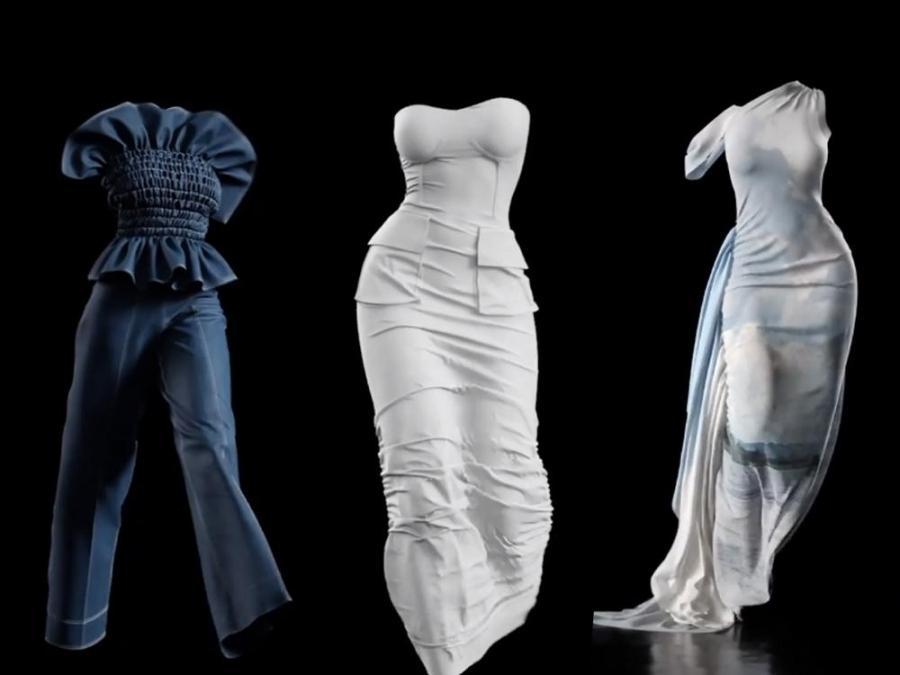
In the wake of a pandemic, this virtual presentation established a new precedent that has reshaped and signalled a paradigm shift in the realms of the fashion industry.
As a result, fashion shows were no longer physical, nor were they reliant on who’s in the audience. Instead, virtual fashion shows and live streams have become much more accessible and personal to the broader public.
While physical fashion shows and runways have seemingly returned, many designers have pivoted by refocusing to create new formats of fashion. Fashion shows and presentations no longer focus on the theatrics and production of fashion shows; instead, the focus now is on the collection itself; the patterns, colours, textures, fabrics and the stories of each garment. That said, designers had to now focus on how each garment would be perceived. For this reason, contemporary designers reintroduced the notion of storytelling.
To be fair, the art of storytelling in the fashion industry is not new. For centuries storytelling has played a pivotal role in how designers have communicated information and expressed themselves. From the narration of local cultural beliefs and folklore tales to addressing and exploring various social and political issues, storytelling has always been embedded in the DNA of the fashion industry.
Much like a writer’s ability to tell a story using words, fashion designers use fashion and design as a medium for storytelling and take us on a journey of escapism. The symbolism behind a garment’s colour, texture, print, images, embellishments and silhouettes is how designers and brands tell their stories.
Deeply rooted in African cultures and heritage, storytelling is one of the oldest and most enduring traditions to derive from the African continent. The art of storytelling has always been significant in every facet of African culture, whether through song, dance, drama, poetry, art and fashion. For decades, African fashion designers specifically used storytelling to change the narrative of contemporary fashion in Africa by confronting, embracing, and celebrating Africa’s various histories, backgrounds, and stories.
Below are four African brands that use storytelling to change the notion of contemporary fashion in Africa.
Wanda Lephoto
South African contemporary designer Wanda Lephoto uses storytelling to explore the various facets of South African style and culture. In doing so, Wanda confronts South Africa’s colonial and oppressive past by highlighting South Africa’s historical and present identity. With each garment and collection, Wanda Lephoto educates and celebrates his identity and culture. In his latest Fall/Winter 2022 collection titled Gaze, Wanda Lephoto is inspired by and emphasises the identity and dress codes of ordinary citizens in South Africa. Gaze documents the lives and historic pasts of the office cleaner, general labourers, clerks and factory workers.
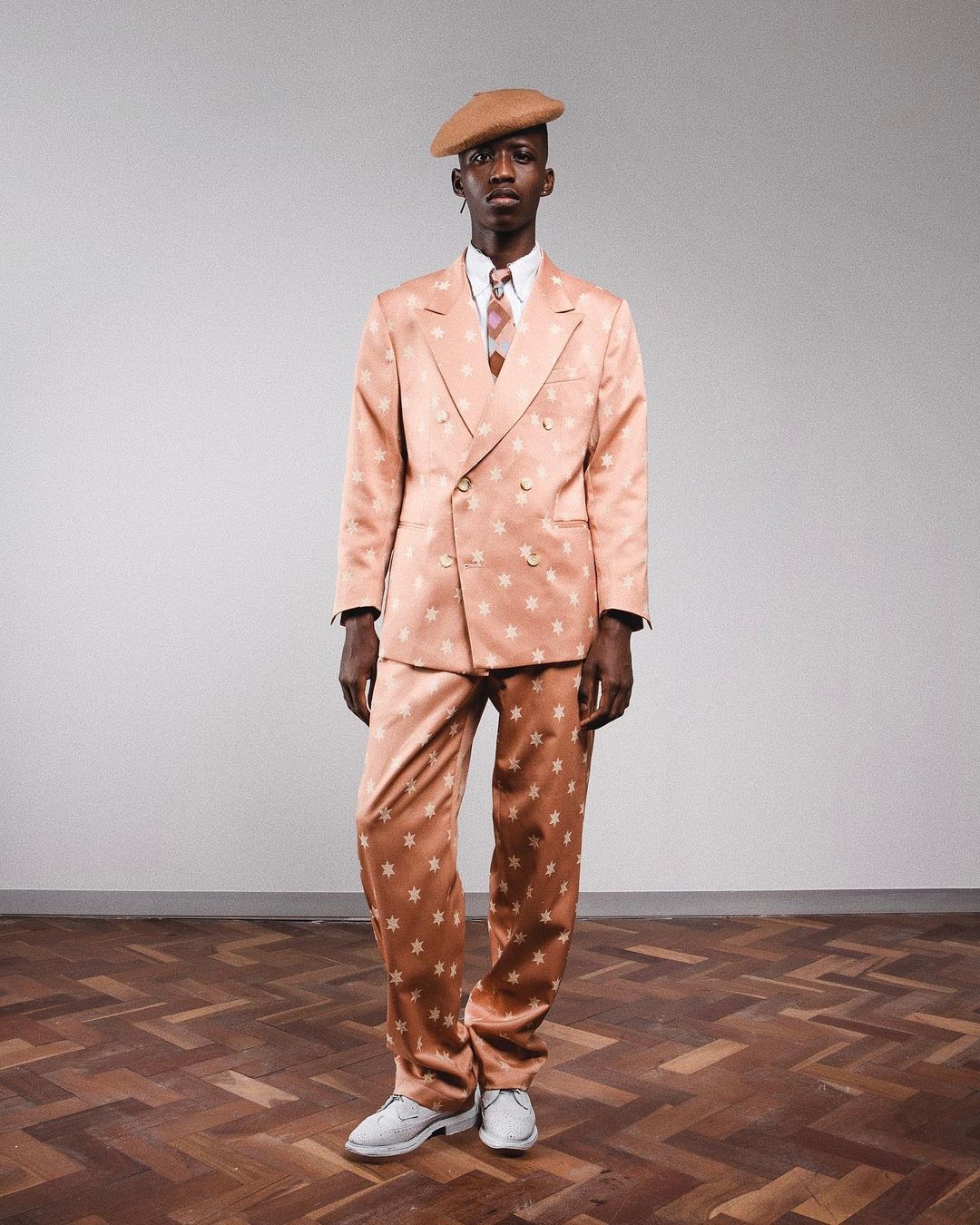

Orange Culture
More than just a fashion brand, contemporary Nigerian brand Orange Culture is a movement that uncovers and highlights Nigerian culture, heritage and activism through storytelling. Created by designer Adebayo Oke-Lawal, Orange Culture’s Spring/Summer 2022 collection titled Peacock Riot was born from the social unrest and protests caused by the #EndSARS movement in Nigeria. This collection explores themes of inclusivity, isolation and dignity as a human right. Peacock Riot seeks to address issues of prejudice and discrimination through design.
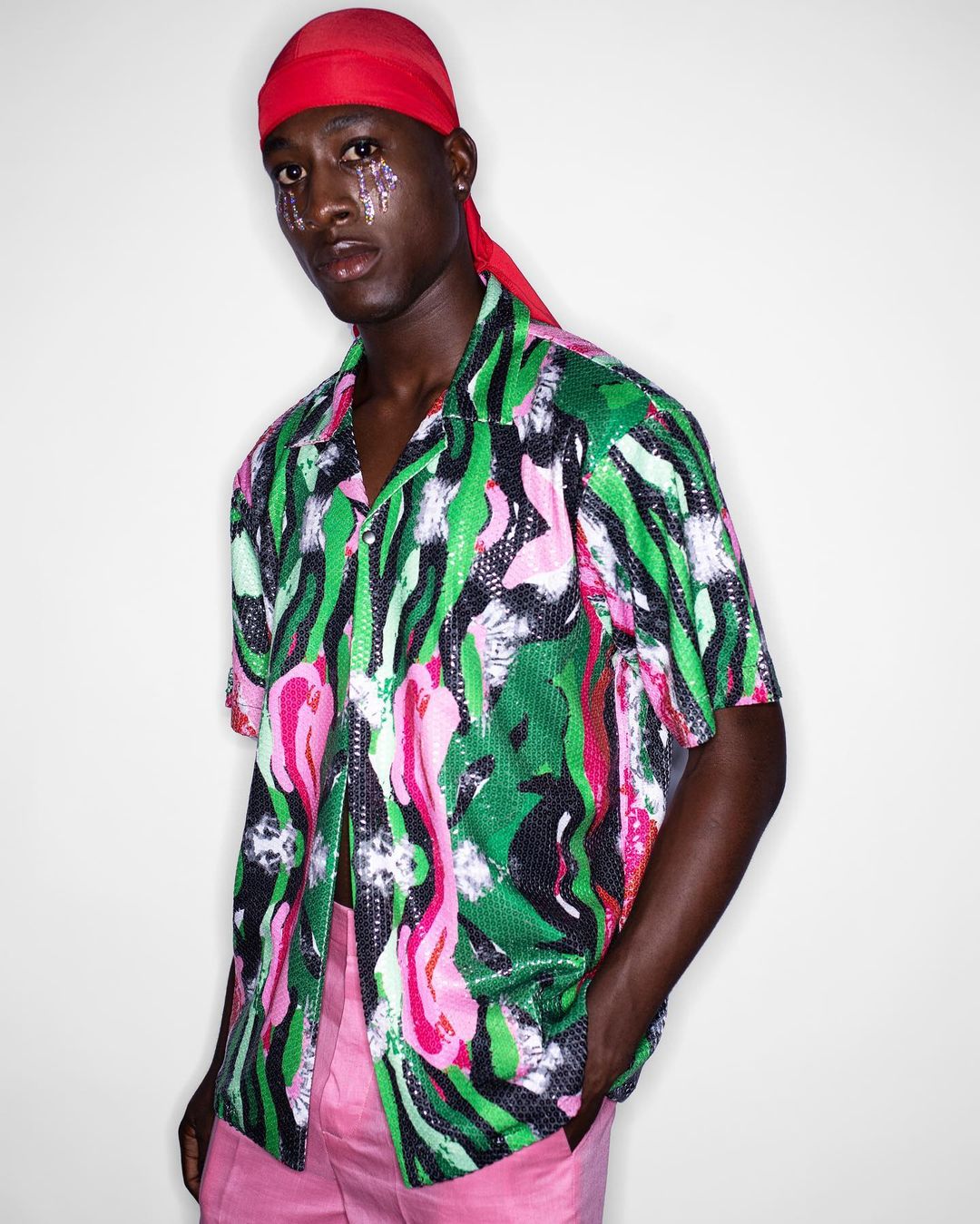
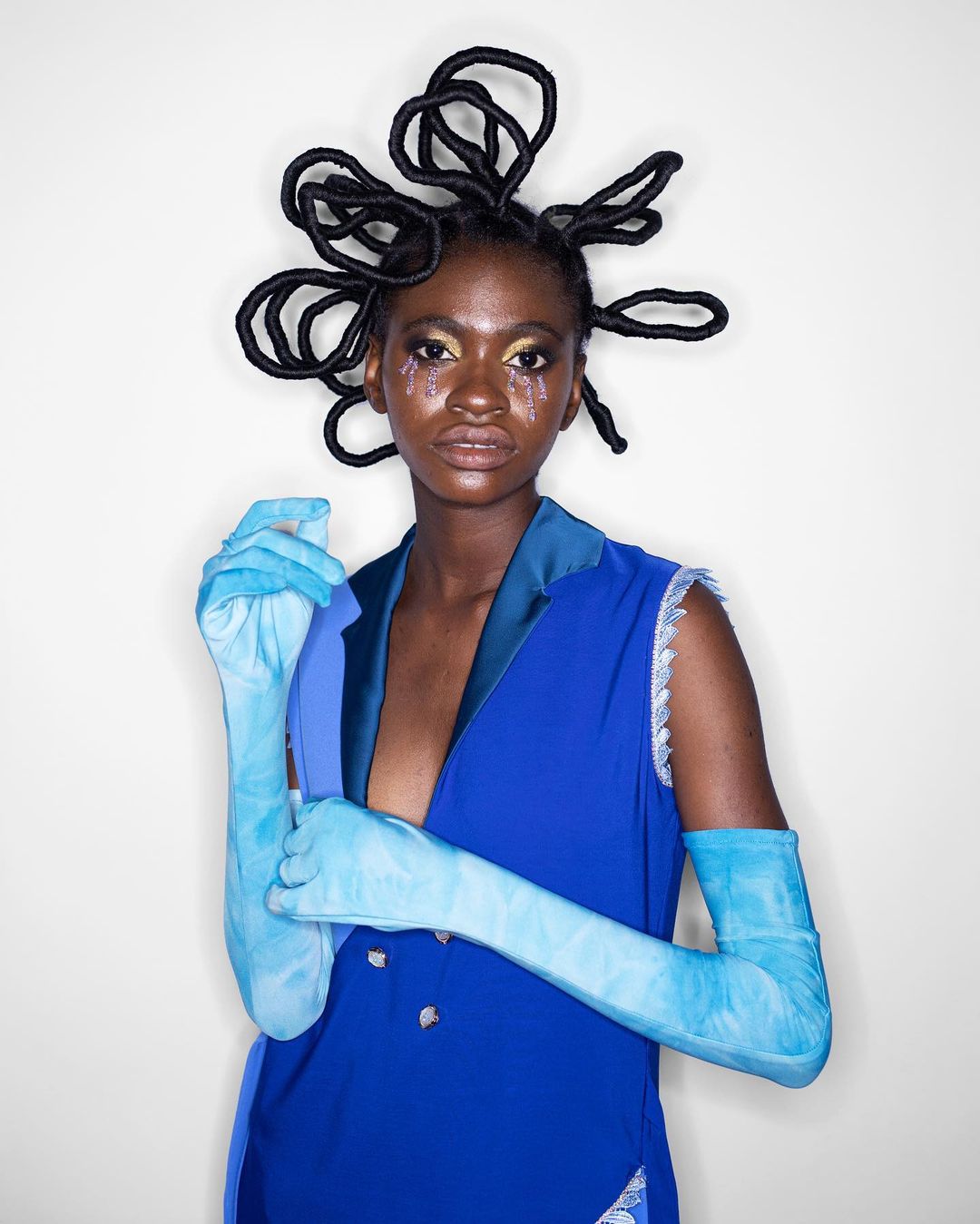
Atto Tetteh
Founded by George Tetteh, Attoh Tetteh celebrates and embraces Africa’s cultural tales and stories. The Accra-based fashion brand is a modern iteration that defies traditional gender stereotypes by producing collections that are androgynous. George Tetteh uses storytelling to educate and take charge of his narrative. Attoh Tetteh’s latest Spring/Summer 2022 collection, Back to Basics, explores George’s hometown and places emphasis on nostalgia and pride.

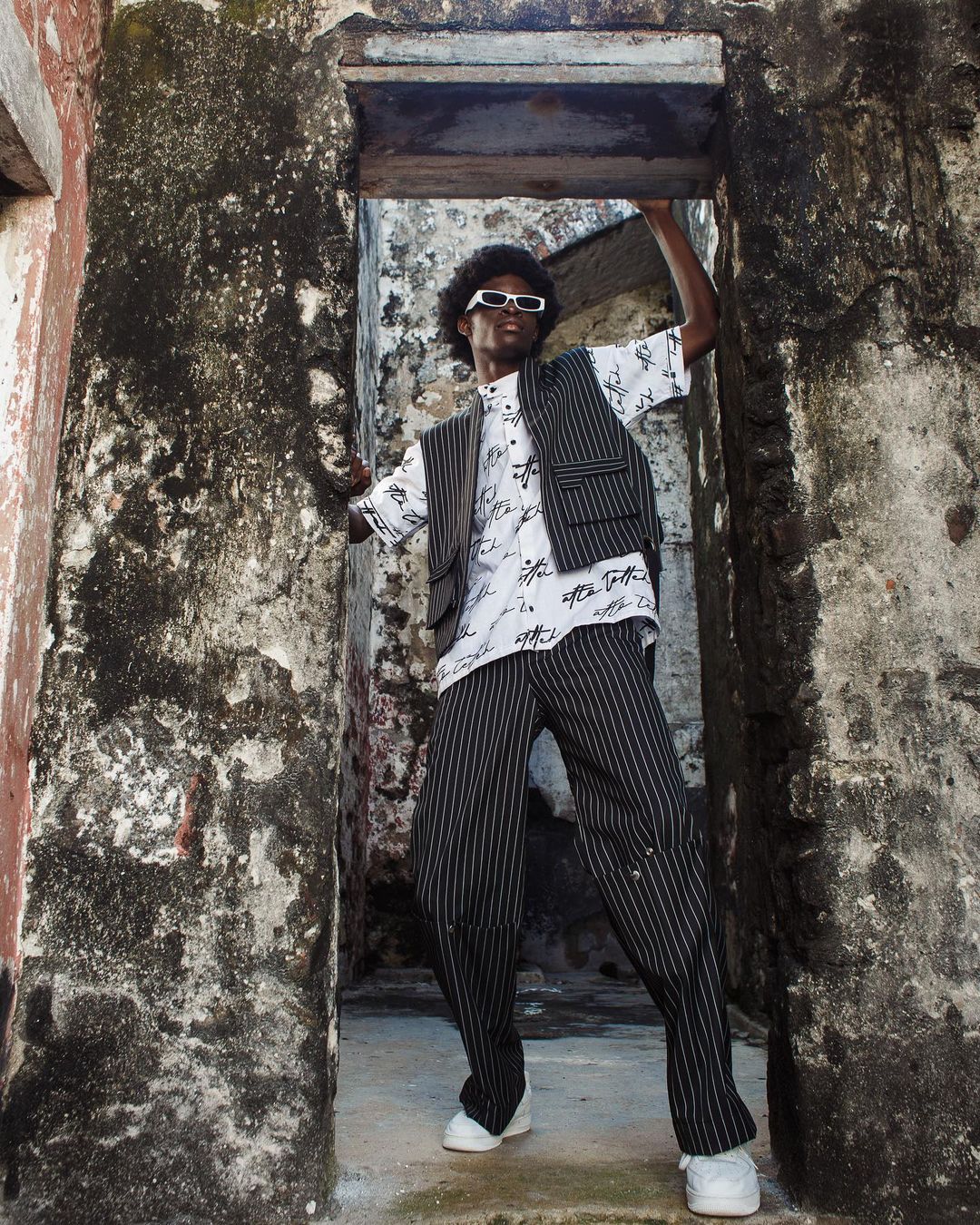
Bloke
Nigerian based fashion brand, Bloke is a contemporary genderless brand that deconstructs the boundaries of fashion through storytelling. Built on the premise of self-expression, Bloke pays homage to and embraces African culture and heritage. Founded by Faith Oluwajimi, Bloke recites tales that are personal. With the release of Bloke’s Fall/Winter collection titled, Are you in love? Faith reflects on love, vulnerability and the ability to be in tune with your feelings. With this collection, Bloke highlights the various complexities and experiences that come with love.
It’s safe to conclude that the key to a great brand is beyond the hype and theatrics. Fashion is about the willingness to create and share information through the art of storytelling.
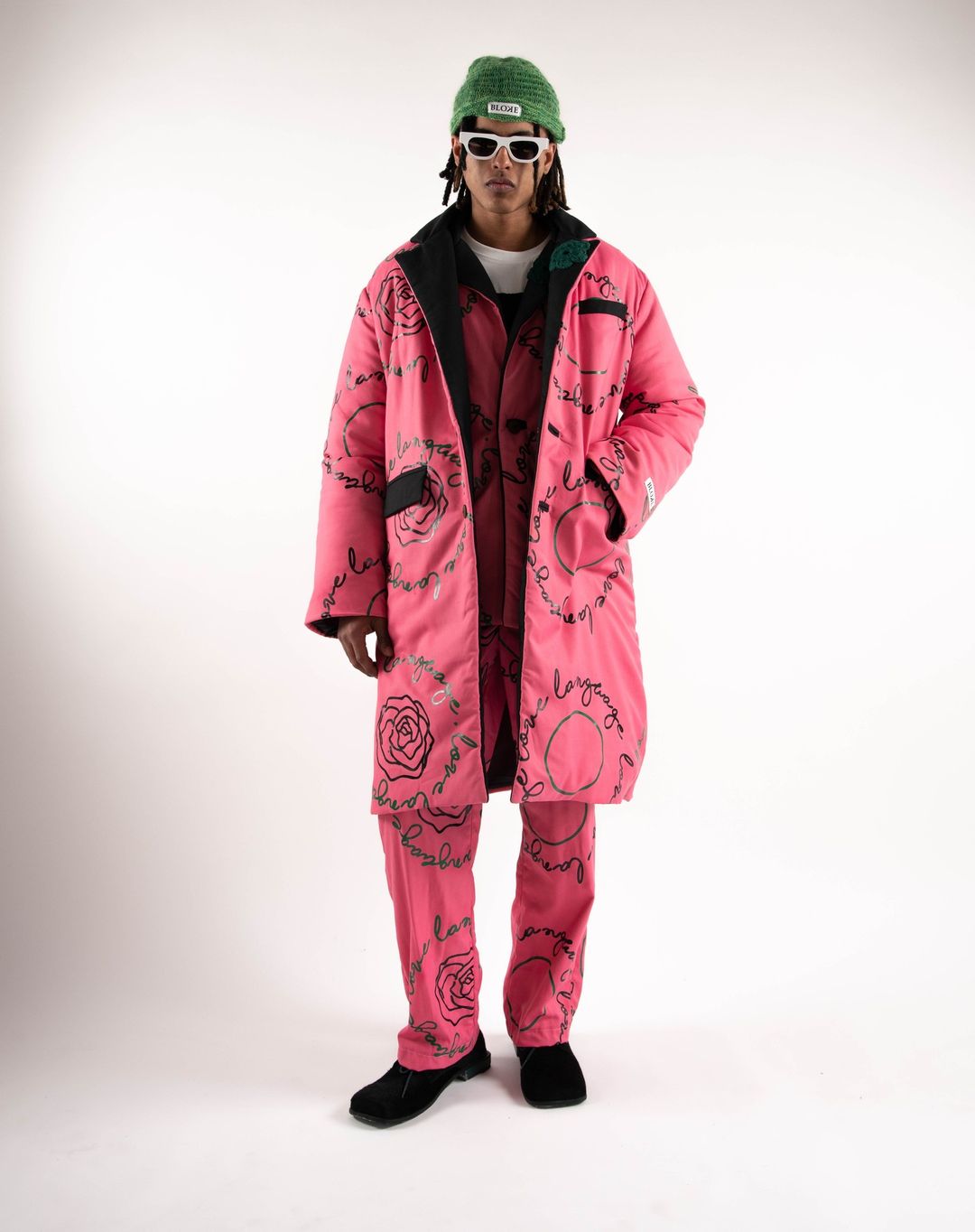
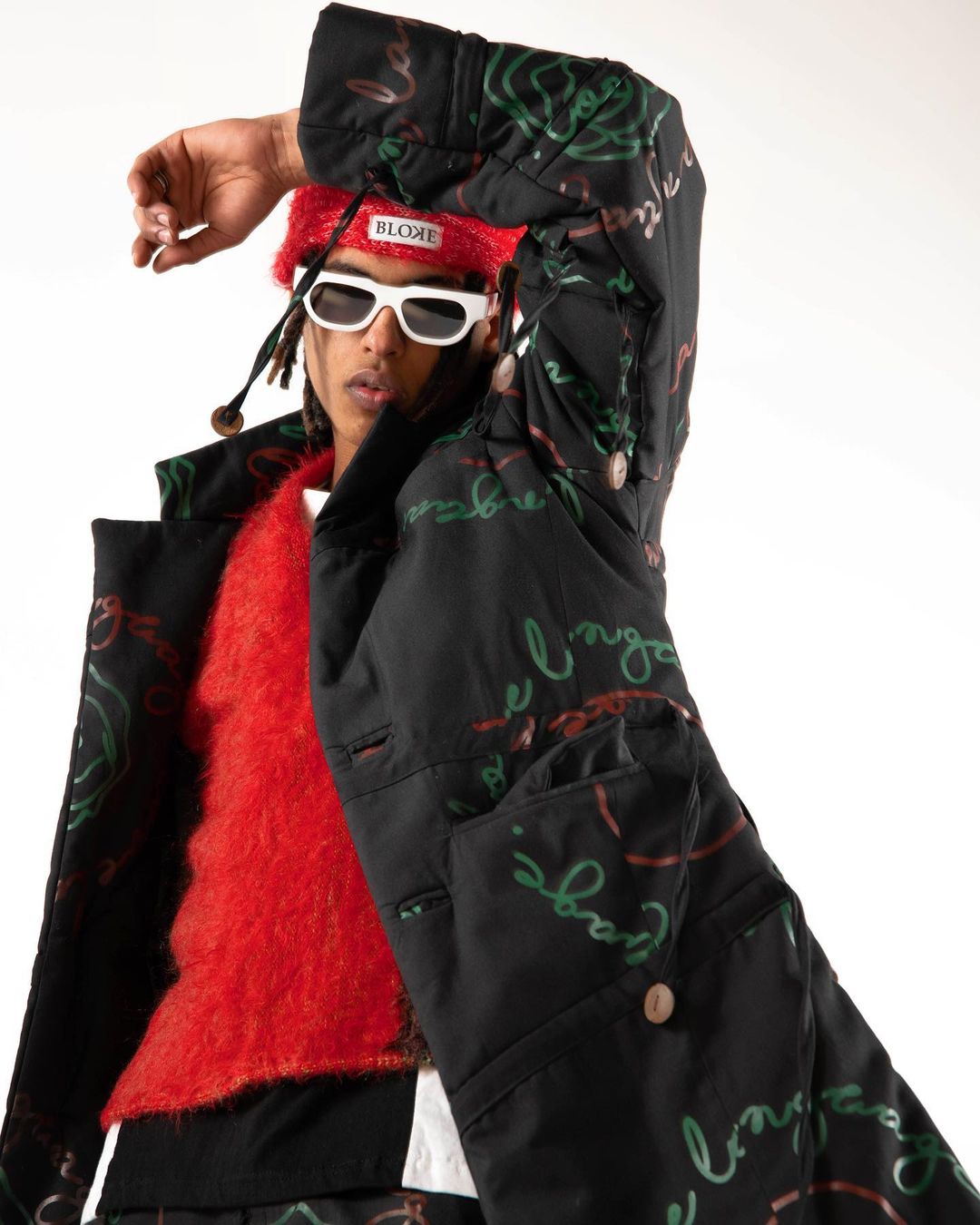
Discover more from GUAP’s Fashion section here




![ZINO VINCI’S ‘FILTHY & DISGUSTING’EP BRINGS YOU TO THE CORE OF THE ARTIST [@ZinoVinci]](https://guap.co/wp-content/uploads/2023/10/Zino-4.jpg)

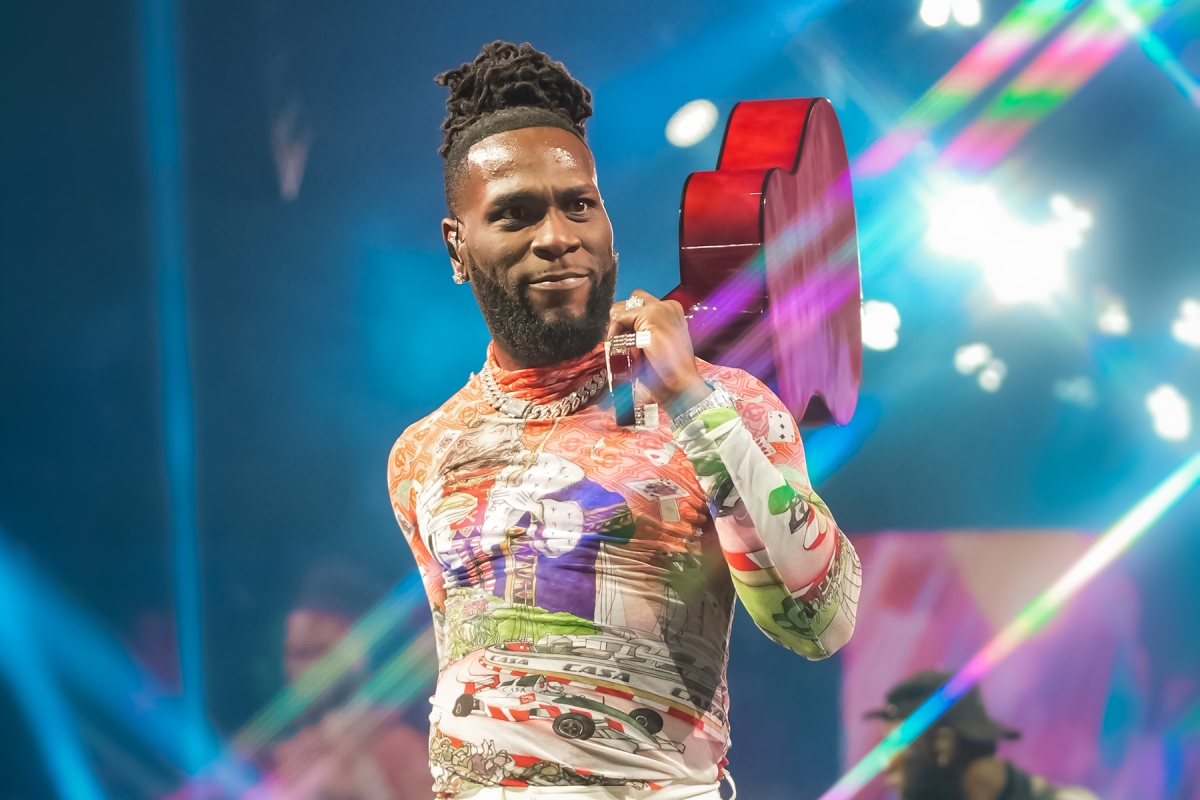


129 Comments
[…] style. The blue necklace, with its timeless allure and modern appeal, seamlessly fits into her fashion narrative, further enhancing her overall […]
[…] Gaga’s fashion narrative has taken on a whole new life with her jewelry at the Oscars, and her style evolution has been […]
[…] the enigmatic world of apparel. Our compass points toward two illustrious protagonists of this fashion narrative: Maurices and Lane Bryant. These two brands, distinct in their essence yet intertwined in their […]
[…] become synonymous with the city. This legacy of luxury endures, seamlessly woven into Milan’s contemporary fashion narrative. The allure of Milan’s fashion culture does not hinge solely on its designers and runway […]
[…] Venturing deeper into the digital landscape, Browsing the Zara Spain Website unfurls a virtual tapestry of sartorial possibilities. A seamless encounter awaits as you deftly navigate through the English language interface, traversing the diverse topography of fashion. From the genteel contours of men’s apparel to the resplendent enclaves of women’s and children’s collections, the website beckons exploration with its array of categories. Step into a realm where styles converge, each click a brushstroke that contributes to the vivid canvas of your fashion narrative. […]
[…] and individuals who gladly wear them. On these historically significant campuses, each distinctive design tells a story of unity in which people from diverse backgrounds and experiences come together. It is a […]
[…] and individuals who gladly wear them. On these historically significant campuses, each distinctive design tells a story of unity in which people from diverse backgrounds and experiences come together. It is a […]
[…] Reflecting Moods and Emotions: Your choice of clothing can reflect your moods and emotions. Bright, cheerful colors on a sunny day or dark, muted tones during introspective moments—it’s all a part of your fashion narrative. […]
[…] focus on brand storytelling. Share the story behind your brand, the inspiration for the designs, your brand’s values, and […]
[…] excess. It’s about making choices that not only resonate aesthetically but contribute to a fashion narrative that aligns with the principles of conscious […]
[…] beauty of a light music ramp walk lies in its capacity to evoke emotions, tell stories, and transform the runway into a realm of artistic expression. It’s not just about the […]
[…] As we delve into the enigmatic world of Leon Talley’s fashion choices, one cannot help but be drawn to the recurring presence of kimonos in his wardrobe. It’s a fascinating aspect of his personal style that warrants exploration. These traditional Japanese garments, steeped in history and cultural significance, have become an integral part of Talley’s fashion narrative. […]
[…] jewelry. Her jewelry collection is nothing short of iconic, and it’s an integral part of her fashion narrative. From diamond-studded chokers to oversized hoops, her jewelry is as bold as her lyrics. But […]
[…] And then enters Jennifer Lopez, an embodiment of charisma and style, a trendsetter whose every sartorial choice is examined with reverence by fashion enthusiasts and critics alike. Her influence extends beyond the realms of music and acting, permeating the world of fashion with a magnetic force. An anklet adorning Jennifer Lopez’s ankle becomes more than an accessory; it metamorphoses into a statement, a declaration of vogue. With each twinkle of anklet-clad feet on the red carpet or the pulsating energy of a live performance, Jennifer Lopez breathes life into anklets, weaving them into her fashion narrative. […]
[…] closet, the diverse array of possibilities unfolds, showcasing the untapped avenues of fashion storytelling that could have shaped the narrative contours of his legendary […]
[…] compelling storytelling, visually captivating content, and interactive campaigns, Zara brought its fashion narrative to life in the digital realm. Customer engagement transcended the act of making a purchase; it […]
[…] introduction of symbolic elements, each modification communicates a nuanced shift in Newton’s fashion narrative. Hypothetically, the necklace may have seen alterations in materials or the incorporation of […]
[…] tells a unique tale, drawing comparisons reveals the diverse tapestry of style icons shaping the fashion narrative. From Harry Styles’ gender-fluid pearls to Rihanna’s cultural statement earrings and […]
rx sildenafil tablets
The Art Of Storytelling In Fashion – GUAP
[…] that reflect the dynamic lifestyles of its clientele. Each category is a distinctive chapter in the fashion narrative, providing a comprehensive wardrobe […]
[…] Narrative: Maria Prada’s collaborations serve as a testament to her ability to redefine the fashion narrative. By joining forces with experts in various fields of fashion, she has broadened the horizons of her […]
professional essay writers
The Art Of Storytelling In Fashion – GUAP
[…] The impact of these collaborations extends globally, with Rich Brian’s fashion choices and collaborations resonating not just in the Western fashion hubs but also influencing trends in Asian markets, where the artist’s cultural roots amplify the resonance of his fashion narrative. […]
buy cheap essays online
The Art Of Storytelling In Fashion – GUAP
will someone write my essay for me
The Art Of Storytelling In Fashion – GUAP
custom application essay
The Art Of Storytelling In Fashion – GUAP
english literature essay help
The Art Of Storytelling In Fashion – GUAP
essays on the movie the help
The Art Of Storytelling In Fashion – GUAP
help with essays assignments
The Art Of Storytelling In Fashion – GUAP
essay writer
The Art Of Storytelling In Fashion – GUAP
[…] choice; it metamorphoses into an immersive experience, inviting viewers to engage with the fashion narrative on a visceral […]
mexican pharmacy viagra
The Art Of Storytelling In Fashion – GUAP
[…] hip-hop and streetwear, the 90s also saw the rise of minimalism, a quiet yet powerful force in the fashion narrative. The minimalist movement brought with it an elegant reduction of form, harking back to the […]
buy 30mg oxycodone online pharmacy
buy 30mg oxycodone online pharmacy
[…] the nuances of an influencer's reach, the resonance of their content, and how well their fashion narrative aligns with your […]
cialis generic name
cialis generic name
poppers and cialis
poppers and cialis
india online pharmacy viagra
india online pharmacy viagra
buying viagra in canada safely
buying viagra in canada safely
women viagra price
women viagra price
female viagra pill cost
female viagra pill cost
us pharmacy prices for cialis
us pharmacy prices for cialis
cialis sex pill
cialis sex pill
metronidazole reptiles
metronidazole reptiles
what happens if you take too much pregabalin
what happens if you take too much pregabalin
celebrities metformin
celebrities metformin
liraglutide to semaglutide conversion
liraglutide to semaglutide conversion
metronidazole walmart
metronidazole walmart
switching from lexapro to zoloft
switching from lexapro to zoloft
what is cephalexin used for tooth infection
what is cephalexin used for tooth infection
escitalopram best time of day to take
escitalopram best time of day to take
2 azithromycin pills
2 azithromycin pills
amoxicillin / clavulanic acid interactions
amoxicillin / clavulanic acid interactions
neurontin and drug interactions
neurontin and drug interactions
ddavp reviews for bedwetting
ddavp reviews for bedwetting
augmentin uses
augmentin uses
cozaar recall 2018
cozaar recall 2018
how long does it take for citalopram to get out of your system
how long does it take for citalopram to get out of your system
amitriptyline for fibromyalgia
amitriptyline for fibromyalgia
celexa reddit
celexa reddit
remeron reviews
remeron reviews
ezetimibe atorvastatin merck
ezetimibe atorvastatin merck
robaxin vs cyclobenzaprine
robaxin vs cyclobenzaprine
acarbose estrutura
acarbose estrutura
semaglutide for weight loss dose
semaglutide for weight loss dose
abilify vs rexulti
abilify vs rexulti
spironolactone for acne side effects
spironolactone for acne side effects
tizanidine during pregnancy
tizanidine during pregnancy
actos significativos
actos significativos
n-nitroso sitagliptin impurity 20
n-nitroso sitagliptin impurity 20
tamsulosin ocas patent
tamsulosin ocas patent
synthroid aging
synthroid aging
ivermectin drug
ivermectin drug
is sildenafil viagra
is sildenafil viagra
cost of levitra
cost of levitra
cheapest tadalafil tablets
cheapest tadalafil tablets
sildenafil doses
sildenafil doses
comparison price tadalafil
comparison price tadalafil
ivermectin 1%cream
ivermectin 1%cream
ivermectin 9 mg tablet
ivermectin 9 mg tablet
generic stromectol
generic stromectol
vardenafil vs cialis
vardenafil vs cialis
tadalafil evolution peptides
tadalafil evolution peptides
ivermectin 50
ivermectin 50
strep throat amoxicillin
strep throat amoxicillin
lisinopril indications
lisinopril indications
ciprofloxacin alcohol
ciprofloxacin alcohol
pregabalin side effects
pregabalin side effects
keflex for dogs
keflex for dogs
100 mg trazodone for dogs dosage chart
100 mg trazodone for dogs dosage chart
what is doxycycline hyclate 100 mg used for
what is doxycycline hyclate 100 mg used for
modafinil adhd
modafinil adhd
cephalexin antibiotics
cephalexin antibiotics
tamoxifen for gynecomastia
tamoxifen for gynecomastia
[…] your accessories to elevate your attire and, at the same time, tell a story about who you are, what you value, and where you’ve […]
viagra cialis levitra online pharmacy
viagra cialis levitra online pharmacy
tadalafil bodybuilding
tadalafil bodybuilding
sildenafil drug interactions
sildenafil drug interactions
sildenafil vs viagra
sildenafil vs viagra
sildenafil pills
sildenafil pills
reliable online pharmacy vicodin
reliable online pharmacy vicodin
bayer levitra online
bayer levitra online
tadalafil vs sildenafil
tadalafil vs sildenafil
order levitra tablets
order levitra tablets
online pharmacy no prescription tramadol
online pharmacy no prescription tramadol
generic cialis online
generic cialis online
how long after taking tadalafil can i drink alcohol
how long after taking tadalafil can i drink alcohol
tadalafil citrate liquid
tadalafil citrate liquid
can tadalafil lower blood pressure
can tadalafil lower blood pressure
online pharmacy amoxicillin uk
online pharmacy amoxicillin uk
clonidine pharmacy
clonidine pharmacy
tadalafil good rx
tadalafil good rx
carbamazepine in the treatment of lyme disease induced hyperacusis
carbamazepine in the treatment of lyme disease induced hyperacusis
does sulfasalazine cause hair loss
does sulfasalazine cause hair loss
negative side effects tegretol
negative side effects tegretol
400mg ibuprofen and weed
400mg ibuprofen and weed
r665 gabapentin
r665 gabapentin
anti-inflammatory activity of indomethacin journal
anti-inflammatory activity of indomethacin journal
diclofenac interactions
diclofenac interactions
can i get pyridostigmine for sale
can i get pyridostigmine for sale
does mebeverine make you drowsy
does mebeverine make you drowsy
imuran side effects weight loss
imuran side effects weight loss
monitoring patients on azathioprine
monitoring patients on azathioprine
exceso meloxicam
exceso meloxicam
rizatriptan benzoate 10mg
rizatriptan benzoate 10mg
piroxicam indicaciones dosis
piroxicam indicaciones dosis
artane 1 mg
artane 1 mg
tizanidine hcl 8 mg
tizanidine hcl 8 mg
[…] it British3, has seen a surge in applications for UK-based garment technician roles after promoting design-to-finish stories4 from small-batch factories in London and […]
Comments are closed.